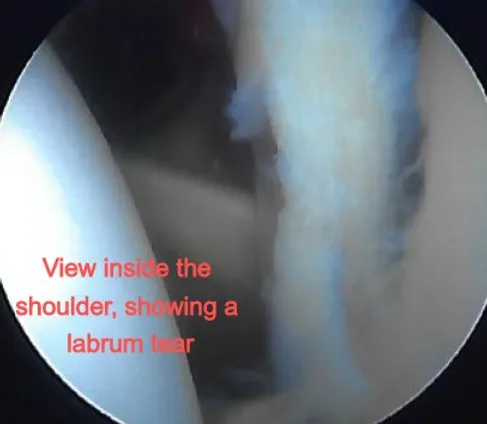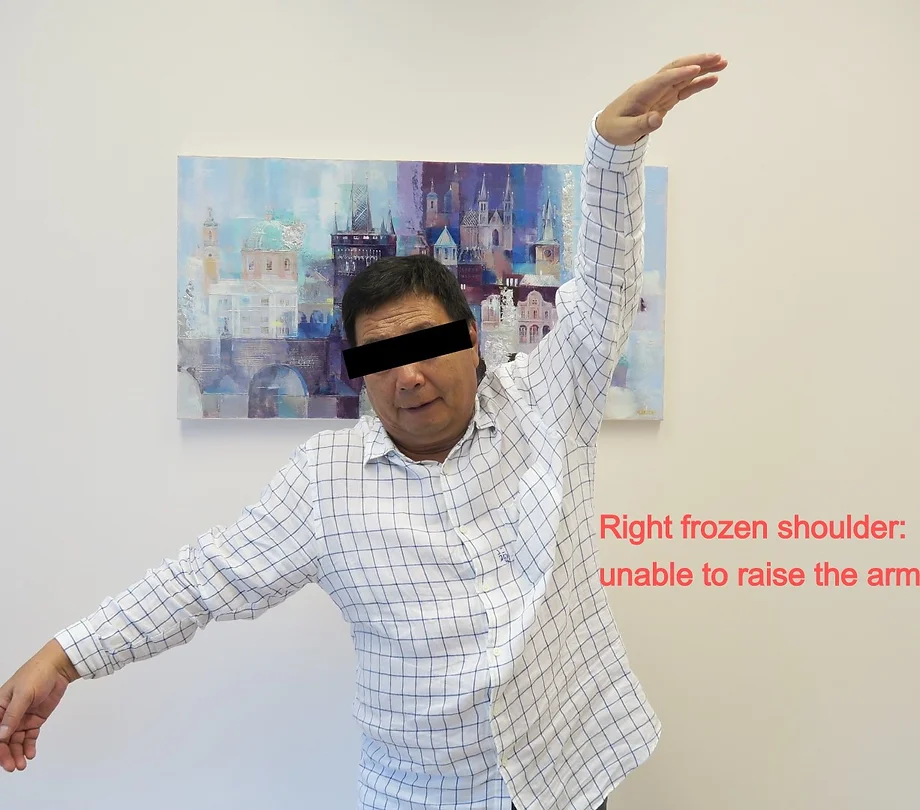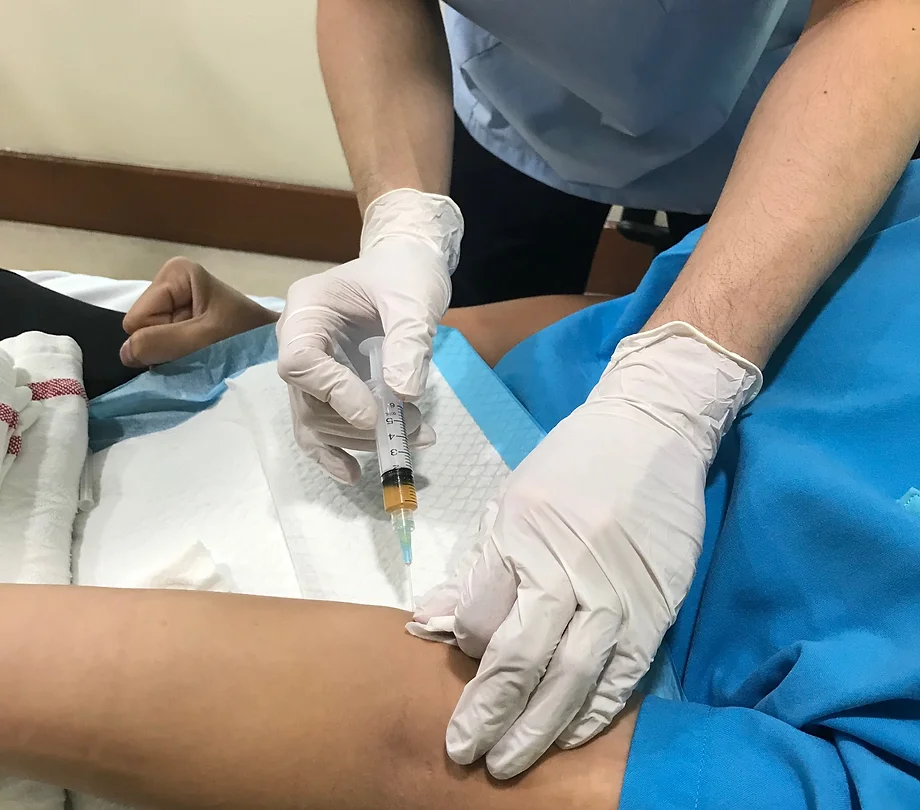
The shoulder is the most flexible joint in the body with the largest range of movement. Consequently, it is also the most frequently dislocated joint in the body.

Shoulder Dislocation
Shoulder dislocation is a very common injury that can be treated with or without surgery. This depends on the patient’s age and activity requirement, and whether the shoulder recurrently dislocates.
On the contrary, some people naturally have very flexible joints (called Generalised Ligamentous Laxity), and dislocate their shoulders on their own as a party trick!

Rotater Cuff Tear, Frozen Shoulder, Arthritis
There are various treatment methods at each stage of the condition, ranging from physiotherapy and injections to surgery. Most shoulder surgeries can be done Arthroscopically (Key-Hole) nowadays and we can repair Rotater Cuff, Labrum, remove calcium (Calcific Tendinitis) and treat frozen shoulder. However, if it is end-stage arthritis, the best treatment is Joint Replacement surgery.
Impingement
A very common condition that develops in the 20s to 40s is Impingement. This refers to the tendon being rubbed by the overlying bone. Impingement causes episodic pain in certain positions, for example when putting on clothes or when sleeping on the shoulder.
Many people experience Impingement symptoms but do not realise its significance. When left untreated, it may lead to Frozen Shoulder, which causes marked stiffness of the shoulder. Impingement may also cause a tendon tear (Rotater Cuff Tear). A Rotater Cuff Tear causes more pain, and loss of strength of the arm. When a Rotater Cuff Tear is itself left for some time, the patient may develop Arthritis of the shoulder, which is wear-and-tear of the cartilage. Arthritis causes constant pain that significantly diminishes a person’s Quality-of-Life. Many of these conditions can be treated with a Shoulder Scope, preventing further deterioration of the problem.

Elbow conditions
The common elbow conditions include: Tennis Elbow, Golfer’s Elbow, Bursitis (swelling at the back of the elbow), Dislocation, and Fractures. In particular Tennis Elbow can nowadays be treated with tissue-healing stimulant injection with high success rate. Childhood elbow fractures are common injuries. Most can be treated with a cast but some cases require insertion of wires
Our expertise include:
- Physiotherapy using Shock Wave
- Aspiration of Bursitis
- Steroid injections
- Tissue-healing stimulant injection
- Tennis elbow, Golfer’s elbow
- Rotater Cuff degeneration
- Impingement
- Shoulder Dislocation Repair
- Shoulder Scope Procedures
- Biceps tendon repair
- Elbow Dislocation repair
- Fracture fixation
- Joint replacements

Services
Medisave / Insurances
Patient Resources
Videos
Fracture Treatment
Cartilage Repair Treatment
Alternatives to Knee Replacement
Knee Replacement Surgery
ACL Reconstruction
Knee Cartilage/Meniscus Repair
Hip Replacement Surgery
Hip Scope Surgery
Shoulder Scope Surgery
Ankle Ligament Surgery
Spinal Injection Therapy
Steroid Injection
Knee Replacement Physio
Hip Replacement Physio


